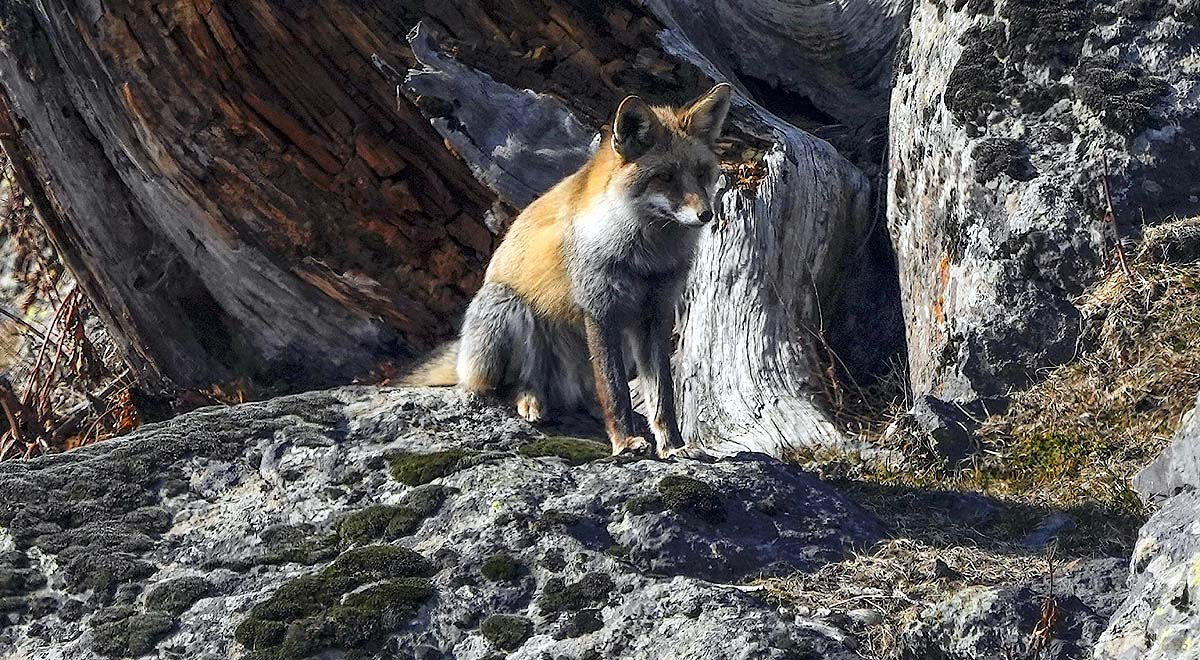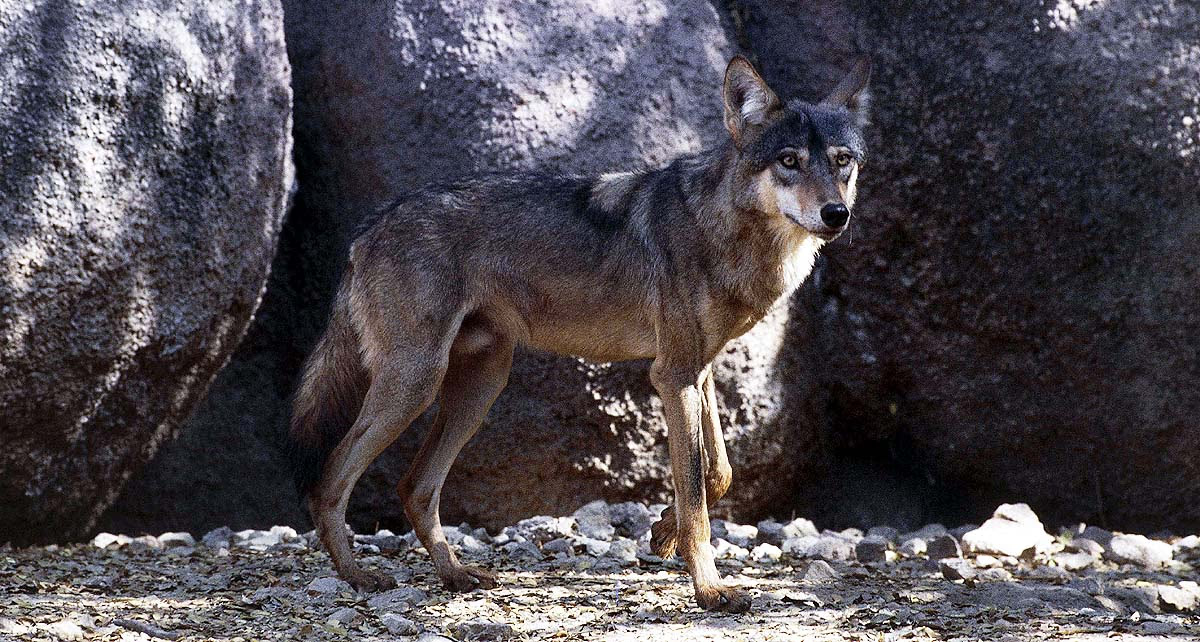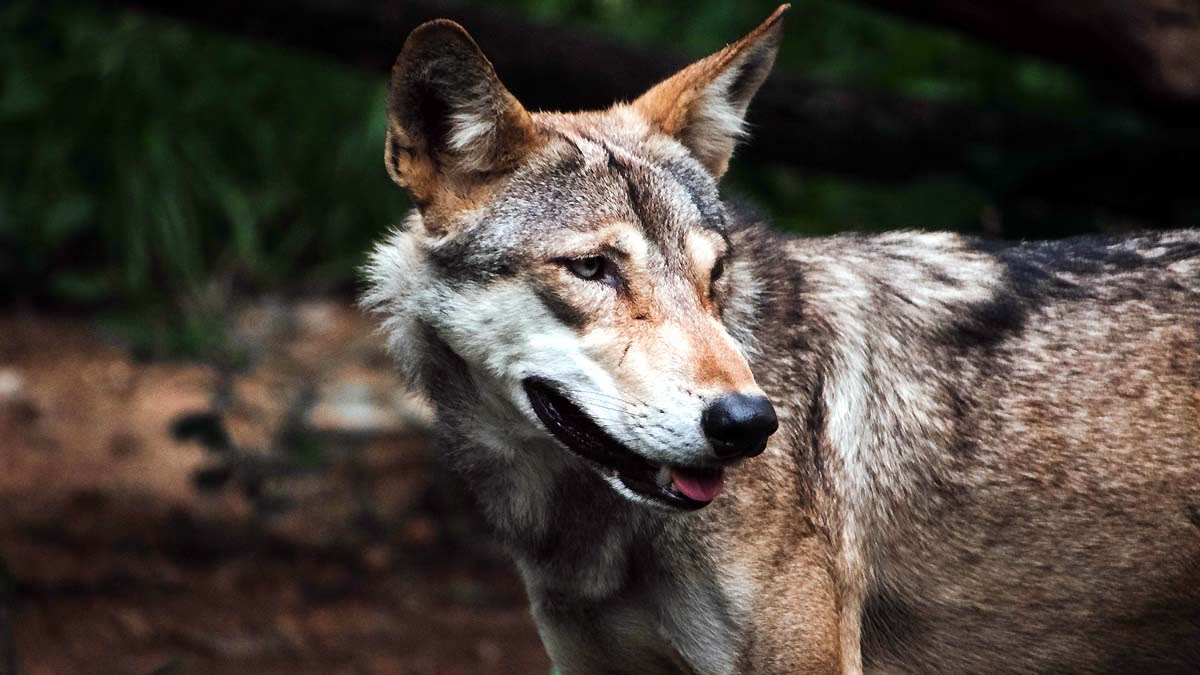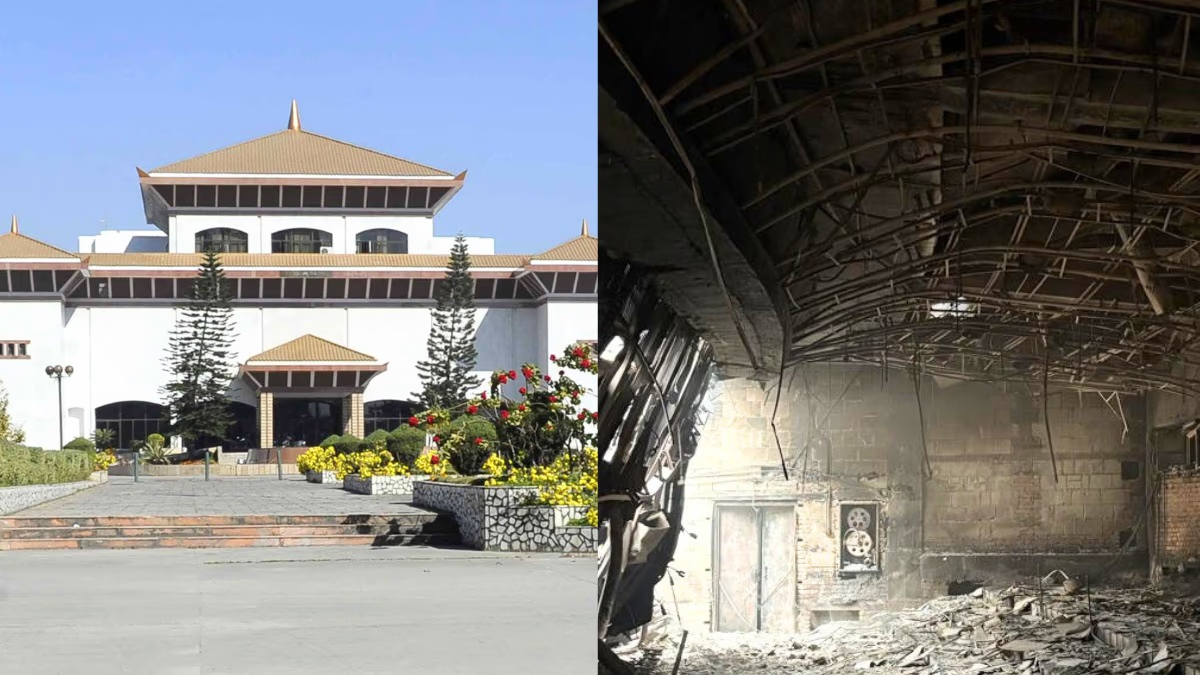Wolves continue to terrorize Bahraich. Attacks are happening, and people are being killed. However, the story of wolf attacks in Uttar Pradesh is not new. In 1996, wolves killed 30 children in three districts of Eastern Uttar Pradesh: Pratapgarh, Sultanpur, and Jaunpur. The whole area was terrified, much like it is now.
reports that renowned wildlife scientist, YV Jhala, and his colleague Dinesh Kumar Sharma were tasked with investigating the wolf attacks three decades ago. In 1997, they published a paper titled 'Child-lifting by Wolves in Eastern Uttar Pradesh.' Their findings concluded that a single wolf was responsible for the attacks, not an entire pack. A similar situation seems to be unfolding in Bahraich, though it appears to involve multiple wolves.
Also Read: Bahraich: The demand for doors surges in villages amid wolf attacks; furniture shops are flooded with customers
What Was the Story Behind the Wolf Attacks?
From March to October 1996, wolves terrorized the three districts of Pratapgarh, Sultanpur, and Jaunpur in Eastern UP. 30 children died during this period. A wolf would attack every third day, with a child dying every fifth day. The killer wolf became so brazen that it would snatch children from the midst of villages. These attacks occurred when there was no artificial intelligence or social media.

Source: aajtak
At that time, these three districts were among the poorest in the country. The level of superstition was so high that locals attributed the attacks to a mythical creature called 'Manai,' a werewolf. This resulted in people being afraid to enter the wolf-affected villages, fearing they might be mistaken for a 'Manai' and killed. This superstition was also used as an excuse to settle old feuds in these districts.
How Were the Wolves Tracked?
YV Jhala and Dinesh Sharma conducted a thorough investigation in the area. They started by mapping the attack zones, which covered 1392 square kilometers. During the study, they collected various types of data, including the types of crops grown, the cover available, domestic livestock, and the number of small children who could be attacked. They interviewed the families of the victims, eyewitnesses, survivors, forest department officials, and medical professionals. Forensic examinations of the remaining body parts of the victims were also conducted.
Also Read: Spain: 5600-Year-Old Bridge Found Underwater in a Cave by the Sea
No Other Animals Besides Wolves Were Involved
Despite the extensive data collection, the wolf attacks remained puzzling. Jhala and Sharma identified two attack tracks where the bodies of the victims were found, each marked with wolf footprints, attack signs, and bloodstains. Analysis of the hair found on the bodies confirmed they were lupine hairs, not those of wild dogs or striped hyenas. They even saw the wolves firsthand in the area one night.

Source: aajtak
Surprising Pattern Revealed...
The study revealed a pattern showing that the attacks were concentrated within an area of 100 to 400 square kilometers for periods ranging from a few days to a few months. When the authorities killed the wolf pack, the surviving wolf would move to a new area and continue hunting within a similar range for the next few days or months.
Alpha Male... The Leader of the Pack Led the Attacks
In UP's three districts, attacks occurred every 3 to 4 days, with a minimum distance of 13.28 km between each attack. The scientists confirmed that a single wolf, possibly the alpha male (leader of the pack), was responsible. The area was dense with tall grass, water sources, and fields of maize, moringa, and sugarcane, providing ample hiding spots for the wolves after attacks.
Also Read: China Unveils New HQ-9B Air Defense System; How Dangerous Is This Weapon?
Factors That Made Hunts Easier...
The entire area was extremely poor. Children were often raised by single mothers, as many fathers were either deceased, divorced, or away for work. Besides wolves, there were hardly any other predators in the region. Jhala and Sharma only encountered a single blue bull and its two calves during their study. The alpha wolf targeted human children because it needed to feed its cubs. Single-parent children in these villages were less supervised, making them easier prey for the wolves.




